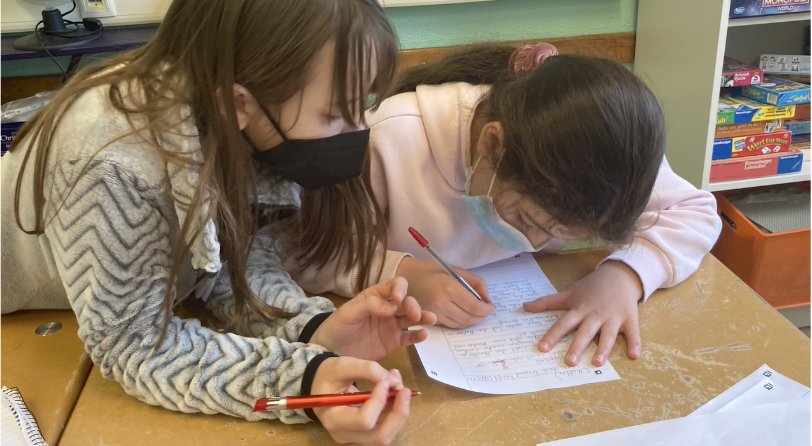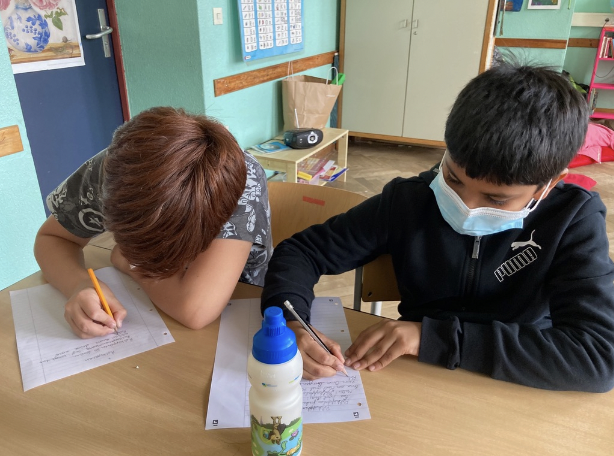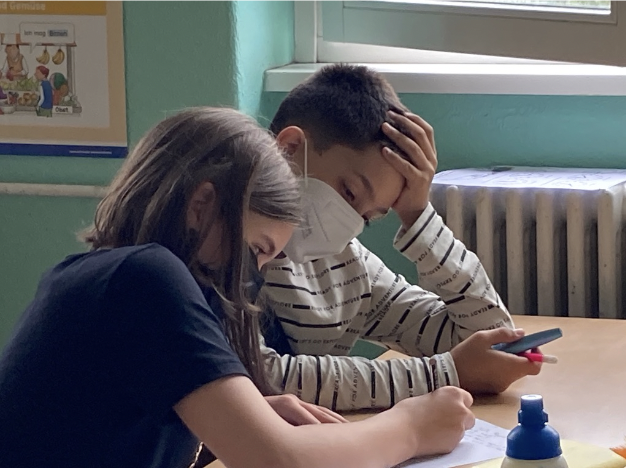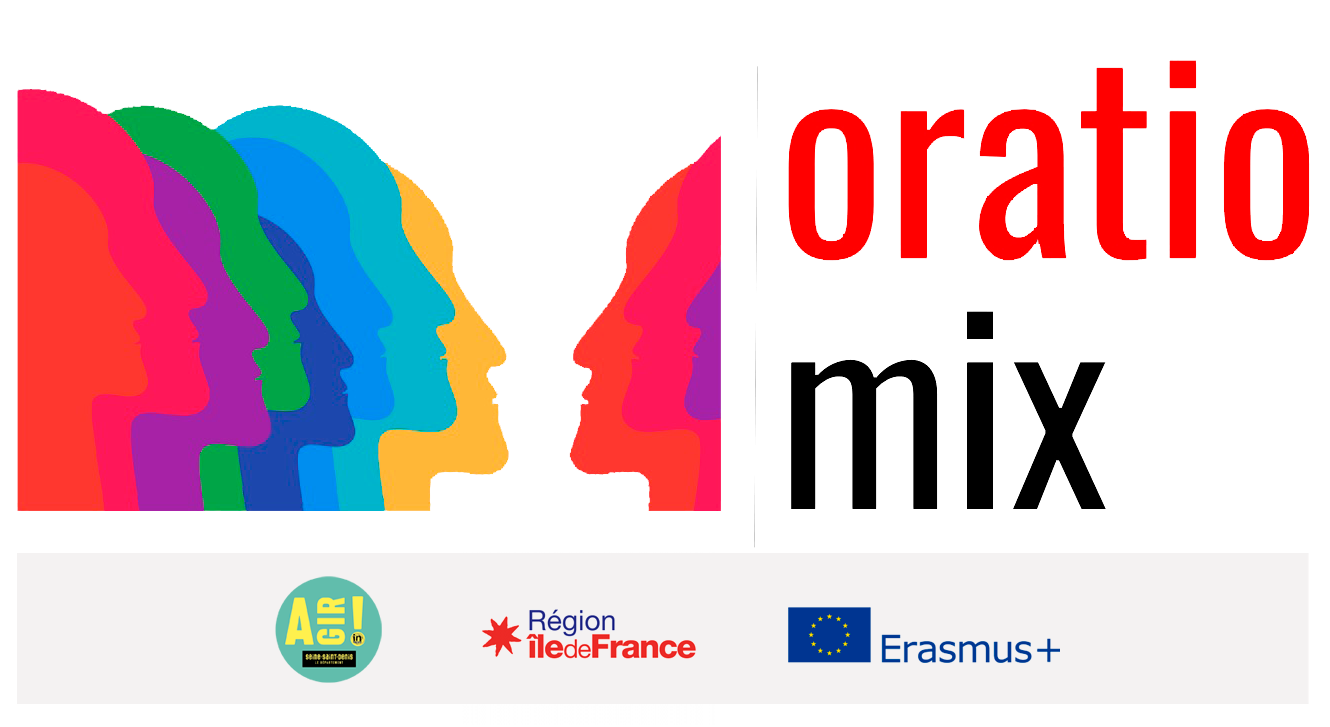Workshop 10 : Writing
Implementation: what do we need?
– paper, felt-tip pens
– A workspace: the classroom in its original training does not need to be transformed for this session.
The participants
The methodology is aimed at primary and sixth grade students, aged between 9 and 13. Ideally, the group should not exceed 30 students.
Speaker
School teacher, educator, theatre teacher
Objectives of this workshop
Strengthen the capacity for individual and collective reflection around a text.
Reinforce the notions of listening, attention to others and debate.
Develop the ability to act as a group.
Time required
90-120 minutes
Implementation
The workshops use techniques of oral expression and debate around a theme related to a source text. They also put into practice, through body expression techniques, the questions theorized by students to allow a global understanding of the issues raised by the text.
Finality
At the end of the session, children will have:
Developed ability to work individually and in groups
Progressed towards acquiring communication skills
Strengthened their critical thinking by sharing and discussing symbolic themes present in their stories.
The practice of new techniques by students will improve their personal development and communication skills.
1. Writing
Before letting the students look at the paper, there may be time for questions and answers:
What is a. e narrator.ice?
What is a dialogue?
How to integrate them into the theatrical form?
We then go back to the tables they developed in the previous session. This is the objective through writing:
Try to link the different tableaux vivants
Clarify what was difficult to be on stage without words
The facilitator then proposes to the different groups to fix in writing, the narration, the dialogues, the teachings of the story on which they work.

In each group, students are in charge of writing part of the narrative.
Thus we will have:
The narrators
The. s main character. s and co-authors
The. s enemy. s and co-authors
The. s character. s secondary. s and co-authors
The narrators share the story. The characters write their presentation to the audience and their dialogues. Students who interpret characters without text or environmental elements become the co-authors mentioned above.
It is not necessary to produce much writing for representation. However, if this work proves to be very beneficial for the students, they can produce a literary version of their creation and a lighter version from it to be performed.
The role of the facilitator is, again, to accompany the students by advising them, ensuring the smooth running of the session, encouraging them to develop their imagination or the vocabulary, their language level, and ensuring that they respect a certain consistency in their productions.


